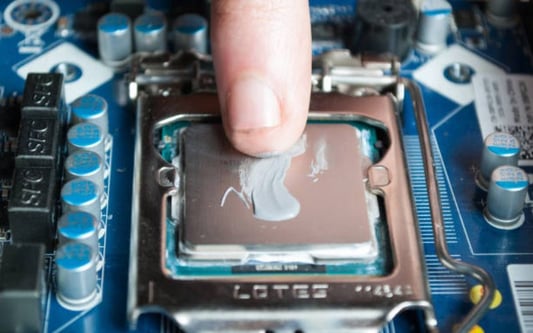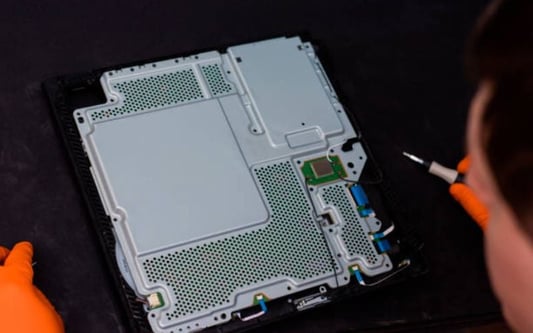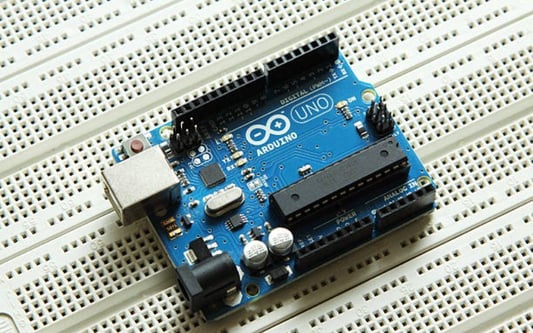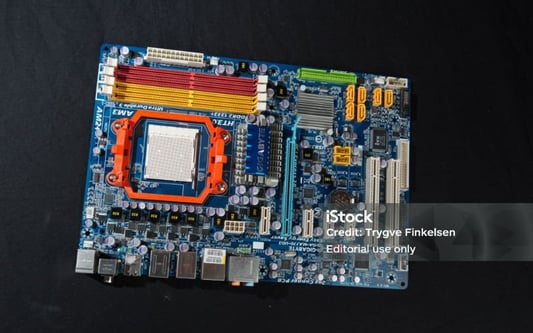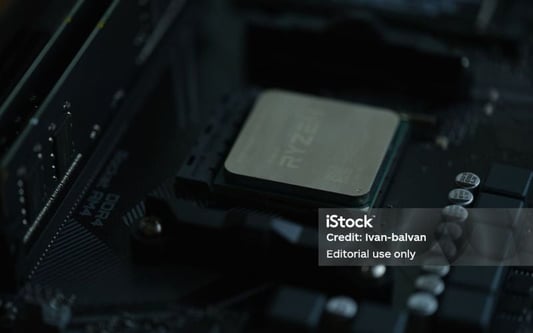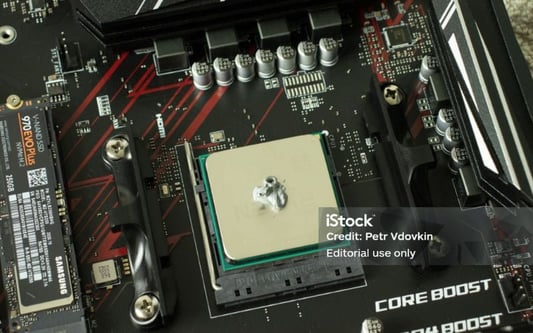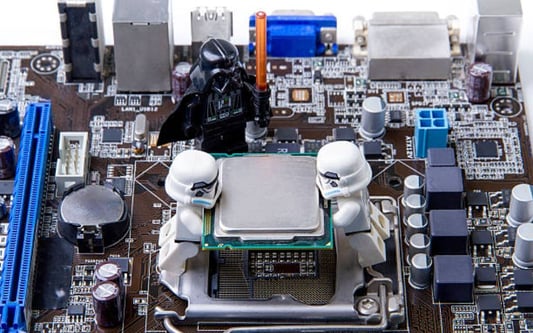Efficient Heat DissipationHeat pipes are known for their efficiency in heat dissipation, as they utilize the principles of thermodynamics to transfer heat away from the components of a laptop. On the other hand, vapor chamber technology offers even greater thermal conductivity, making it more effective at dissipating heat and keeping the laptop cool during intensive tasks.Weight and ThicknessWhen it comes to weight and thickness, heat pipes are generally lighter and more compact compared to vapor chambers. This makes laptops equipped with heat pipes more portable and easier to carry around, making them a preferred choice for users who prioritize mobility.Cost-EffectivenessIn terms of cost-effectiveness, heat pipes are usually more affordable compared to vapor chambers. This makes laptops with heat pipe cooling systems a more budget-friendly option for users looking for a reliable cooling solution without breaking the bank.Performance under Heavy WorkloadsVapor chamber laptops are known for their superior performance under heavy workloads, as they can dissipate heat more quickly and efficiently compared to heat pipes. This makes vapor chamber laptops a better choice for users who engage in resource-intensive tasks such as gaming or video editing.Noise LevelsHeat pipes tend to produce less noise compared to vapor chambers, as they rely on passive cooling methods to dissipate heat. On the other hand, vapor chambers may produce more noise due to the rapid heat dissipation process, making them potentially louder during heavy usage.Thermal ThrottlingVapor chamber laptops are less prone to thermal throttling compared to heat pipe laptops, as they can maintain lower temperatures even under heavy workloads. This results in more consistent performance and prevents the CPU and GPU from slowing down due to overheating.Build Quality and DurabilityBoth heat pipe and vapor chamber laptops are known for their durability and reliability in terms of cooling efficiency. However, vapor chambers are generally considered to be more robust and long-lasting, making them a better choice for users looking for a laptop that can withstand years of usage without compromising on performance.Compatibility with Slim DesignsVapor chambers are more compatible with slim and compact laptop designs, as they can be customized to fit the tight spaces within the device. This makes vapor chamber technology a preferred choice for manufacturers aiming to create thin and lightweight laptops without sacrificing cooling efficiency.Heat DistributionHeat pipes distribute heat more evenly across the laptop components compared to vapor chambers, as they rely on a network of tubes to transfer heat away from the source. While vapor chambers excel in thermal conductivity, heat pipes ensure a more balanced heat distribution throughout the device.Environmental ImpactHeat pipes are considered to be more environmentally friendly compared to vapor chambers, as they do not require any additional materials or chemicals to operate. This makes heat pipe laptops a greener choice for users looking to reduce their carbon footprint and minimize their impact on the environment. Quote InquiryContact us!


